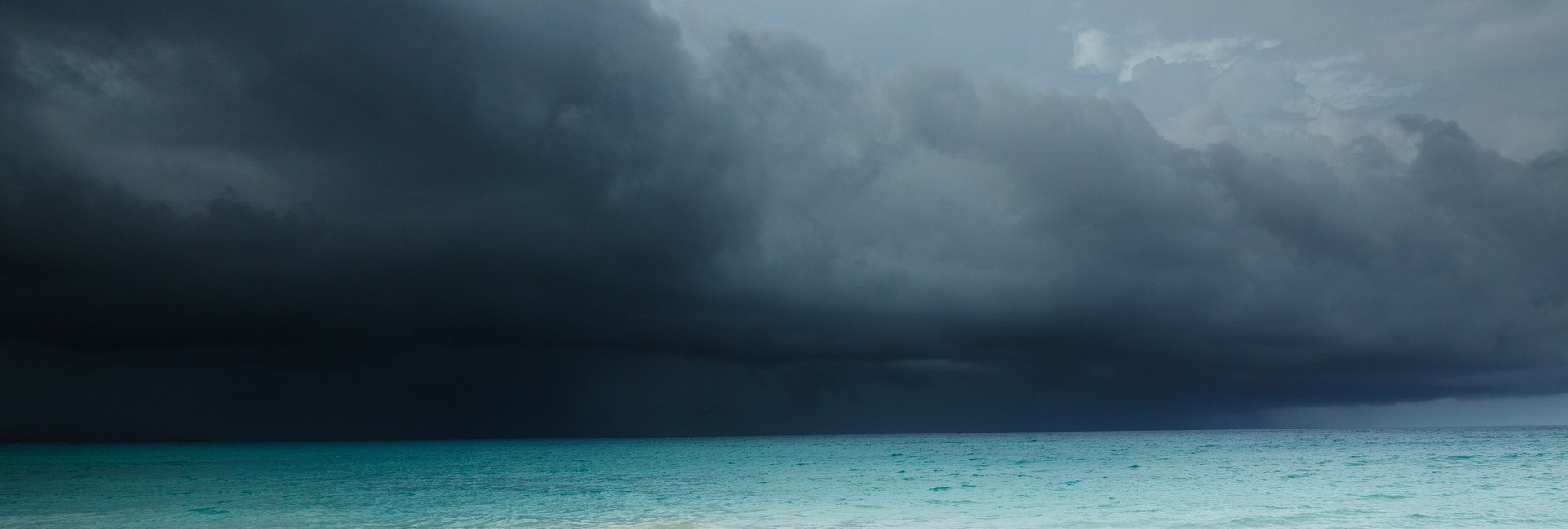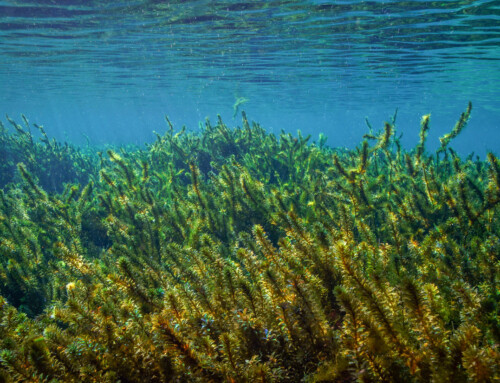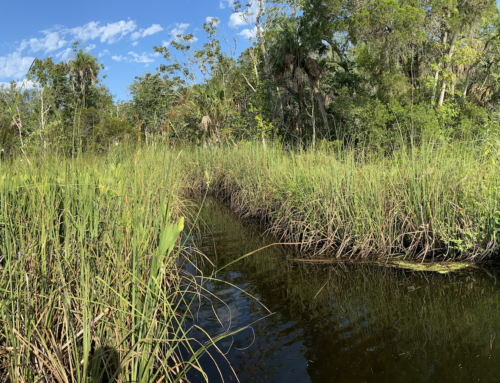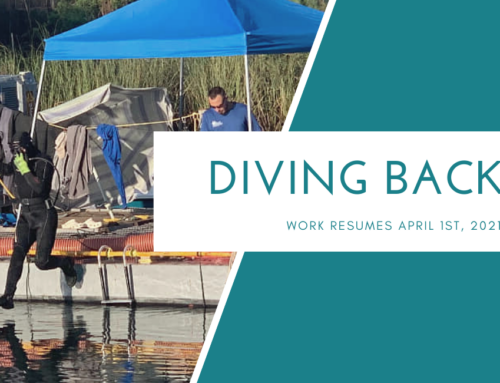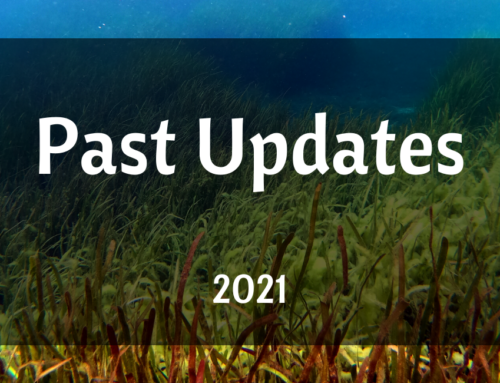Hurricane Season
As Floridians, the term “Hurricane Season” is almost interchangeable with “swimsuit season”. It’s an inevitable part of our lives, and if we’re being honest (and yes a little crazy), we have quite a few memories that revolve around this time of year (Hurricane Party anyone?). That being said, Hurricane Season (running from June 1st to November 30th) is no joke.
Florida holds the record for most hurricane-prone state in the nation, with 120 storms striking here between 1850 and 2018.
-
The Great Miami Hurricane of 1926
one of the most expensive hurricanes to ever strike the U.S., with a staggering $129 billion (adjusted for inflation) in direct and economic damage, with an estimated surge of almost 12 feet in downtown Miami.
-
The 1928 Okeechobee Hurricane
holds the Florida record for deadliest in the states history, due mostly to flooding with hundreds of square miles at depths as great as 20 feet.
-
The 1935 Labor Day hurricane
(formally known as Hurricane Three) was the most intense tropical cyclone to make landfall in the United States on record in terms of both pressure and wind speed. Also, the first known Category 5 hurricane on record to strike the contiguous United States, and, brought a storm surge of approximately 18 to 20 feet (5.5 to 6.1 m) that swept over low-lying islands.
-
1992- Hurricane Andrew
the most destructive hurricane in Florida’s history until Hurricane Irma, 25 years later. This storm produced wind gusts of 177 mph, as many as 1.4 million people lost power at the height of the storm, 70,000 acres of trees in the Everglades were downed, and rainfall peaked at 13.98 inches. Andrew killed 44 and left a record $25 billion in damage, in Florida alone.
-
2017- Hurricane Irma
the strongest storm on record to exist in the open Atlantic region. More than 7.7 million homes and businesses were left without electricity at some point. Heavy rainfall – and storm surge – overflowed at least 32 rivers and creeks. At least 84 people died in storm-related incidents, with about half of the deaths attributed to drowning, trauma, and carbon monoxide poisoning.
Have you noticed the trend in all of these hurricanes?
Storm Surge
Most of us have heard that old saying “Hide from the wind, run from the water”. This adage has stuck around because it delivers an important message. While hurricanes are gauged mostly by wind speed, statistically, it is storm surge and flooding that takes the blame for an estimated 88% of hurricane related deaths, according to The Weather Channel, which goes on to state that roughly half of hurricane related deaths in the U.S. are directly related to storm surge alone.
Great statistics, we know. So now what do we do with this information? As stated earlier, this is an inevitable fact of life. What we can do (aside from our famous hurricane parties) is prepare, prepare, prepare. That doesn’t mean run out and buy ALL THE SUPPLIES (seriously, no one needs 50 loaves of bread). But, as we’ve stated before, mother nature is pretty spectacular when it comes to giving us natural ways to protect ourselves (even from ourselves).
Natural Defense
Of course it’s eelgrass!!
According to recent studies, nine habitats were identified as providing the greatest coastal protection against hazards such at storm surge. Coral and oyster reefs, wetlands, dunes, sea grass beds and kelp forests are a few major contenders on this list.
But how do they do it?
Coastal ecosystems have the ability to keep waves and storm surge from eroding and flooding our coasts. Seagrass & eelgrass, for example, reduce the risk of erosion along the shore and promote shoreline stability, reducing nearshore currents, and increasing the resilience of coasts against any storm surge hazards, according to The Ocean Foundation. But it’s not only hurricane season that these underwater protectors come to our rescue. It’s Florida! If we don’t get a random downpour at least once a week then something is broken. The eelgrass has our coastline’s back as long as it’s growing. Which is why it is so important that we restore, and protect, the natural habitat we have been blessed with.
Isn’t that what seawalls are for?
That was the idea when we began constructing them. But, as we grow we learn what works (and what doesn’t). According to The Pensacola News Journal, when waves pound against seawalls wave energy can bounce back into neighboring properties. It can cause erosion at the base of the infrastructure and lead to collapse. Also, when comparing natural barriers to man made seawalls, it has been noted that grasses are much more likely to withstand storm surge. Seawalls allow storm surge to flow over, which leads to erosion of the earth behind the wall. Seagrass & eelgrass, while unable to completely prevent waters from rising, can hold their ground (quite literally) to prevent future complications.
We might be biased, but..
Eelgrass feeds the manatees (everyone’s favorite feature), reduces CO2 levels in the atmosphere, and helps protect our property from washing away each year during hurricane season.



